
How to Get an Marketing Degree Online: A Comprehensive Guide
Today, the demand for savvy online marketers continues to soar as businesses strive to capture the attention of an increasingly connected audience. Specialised knowledge and skills are paramount as traditional...

7 Powerful Ways Volunteering Transforms Career Exploration and Development
Across Northern Ireland, Ireland, and the UK, a quiet revolution is taking place within voluntary organisations. Business owners and hiring managers are discovering that some of their most capable team...
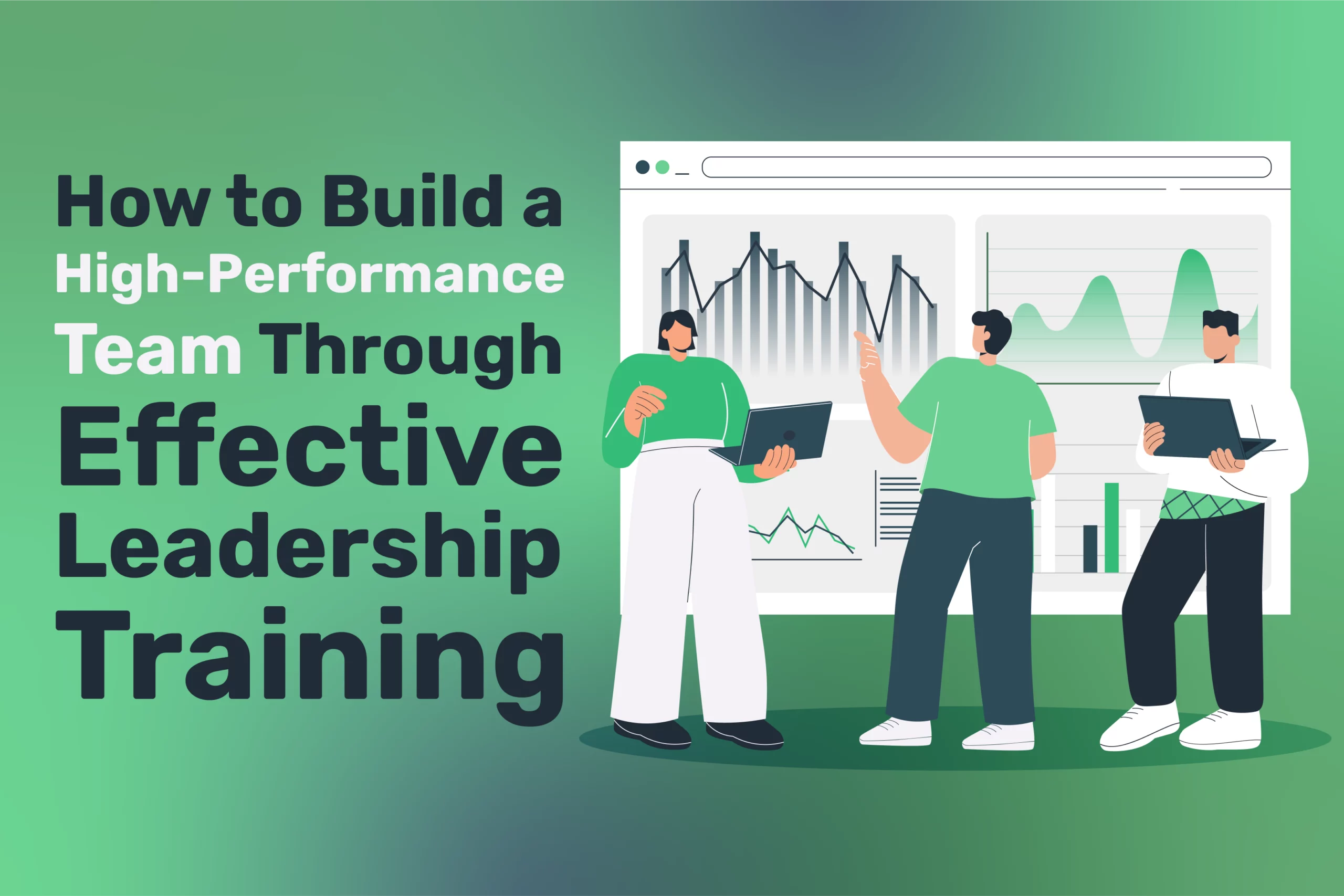
How to Build a High-Performance Team Through Effective Leadership Training
High-performance teams don't happen by accident. They result from deliberate leadership development, strategic planning, and consistently executing proven management principles. For business owners across Northern Ireland, Ireland, and the UK,...

What Is Career Synthesis and Why Does It Matter in Today’s Workforce?
The traditional career ladder has evolved into something far more dynamic: career synthesis. This strategic integration of diverse skills, experiences, and knowledge domains creates unique professional value propositions. Modern professionals...

Unique Value Proposition: How to Tell Your Career Story
In a crowded job market where qualifications and experience often overlap, the one thing that can truly set you apart is your career story. It's a powerful narrative that captures...
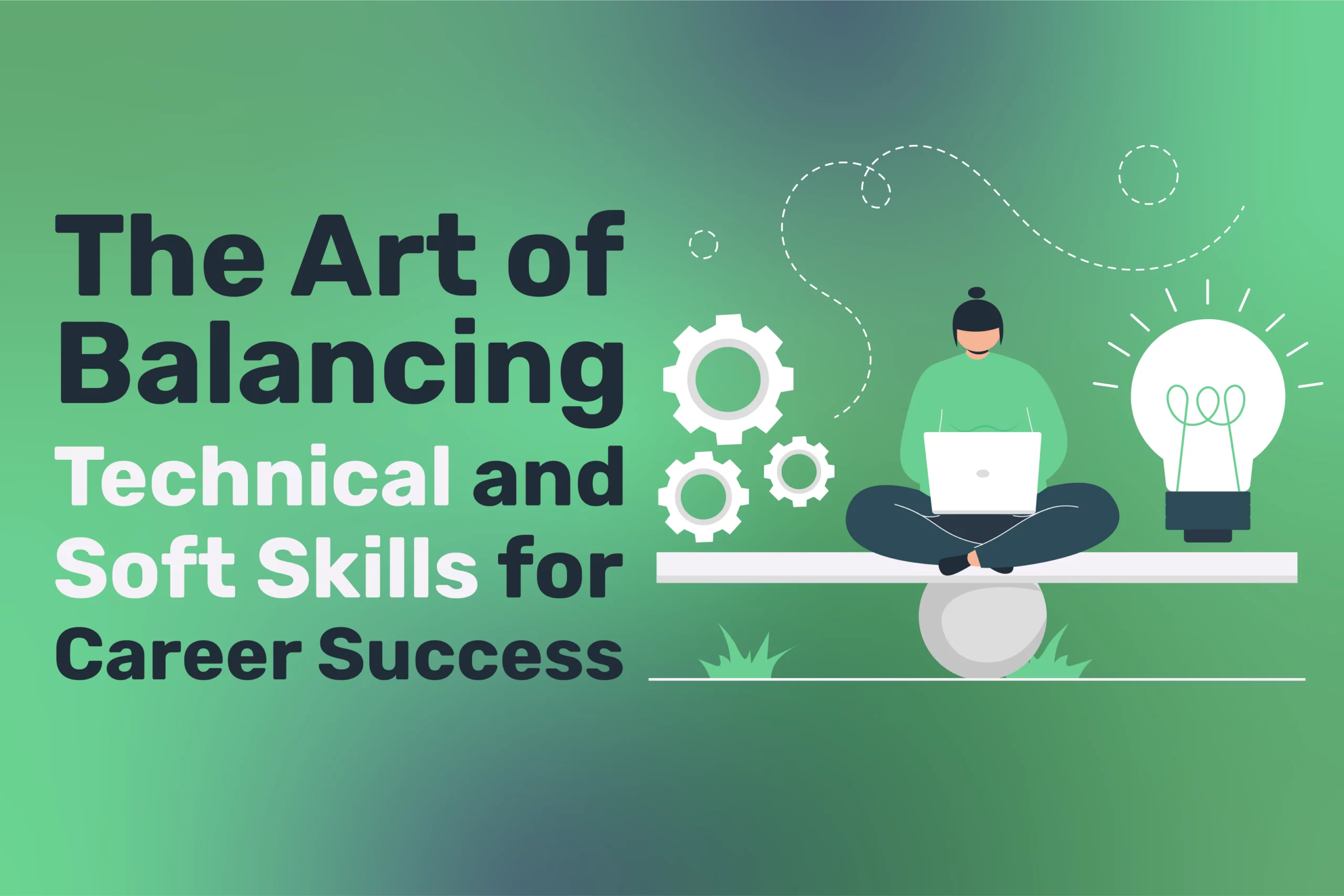
The Art of Balancing Technical and Soft Skills for Career Success
The professional landscape across Northern Ireland has fundamentally shifted. Business owners, marketing managers, and decision-makers now face a critical challenge: their teams need both technical expertise and exceptional interpersonal skills...
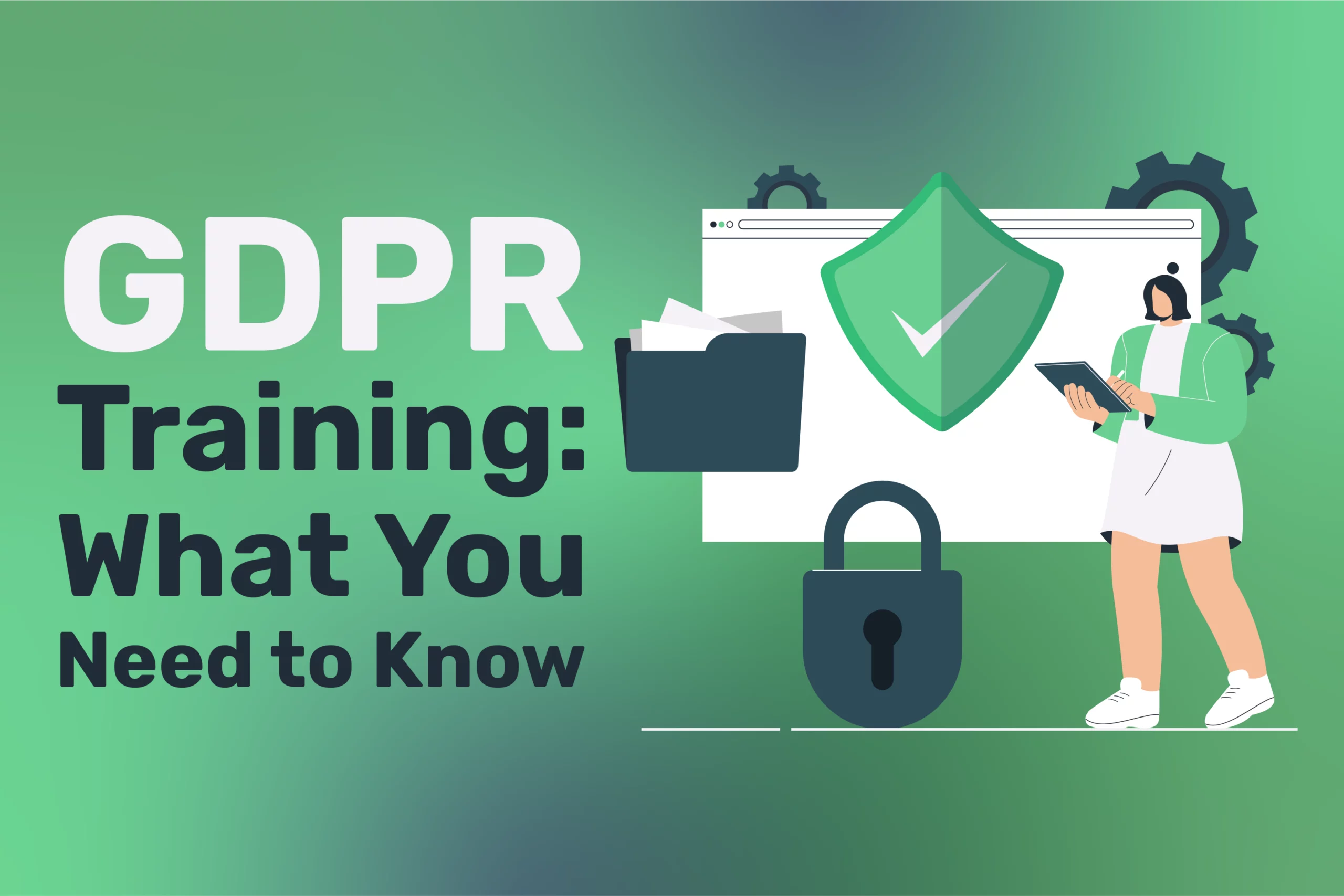
GDPR Training: What You Need to Know
Although the GDPR has been in place for a few years, most people still only have a vague understanding of what it means. International data protection law is highly specialised...
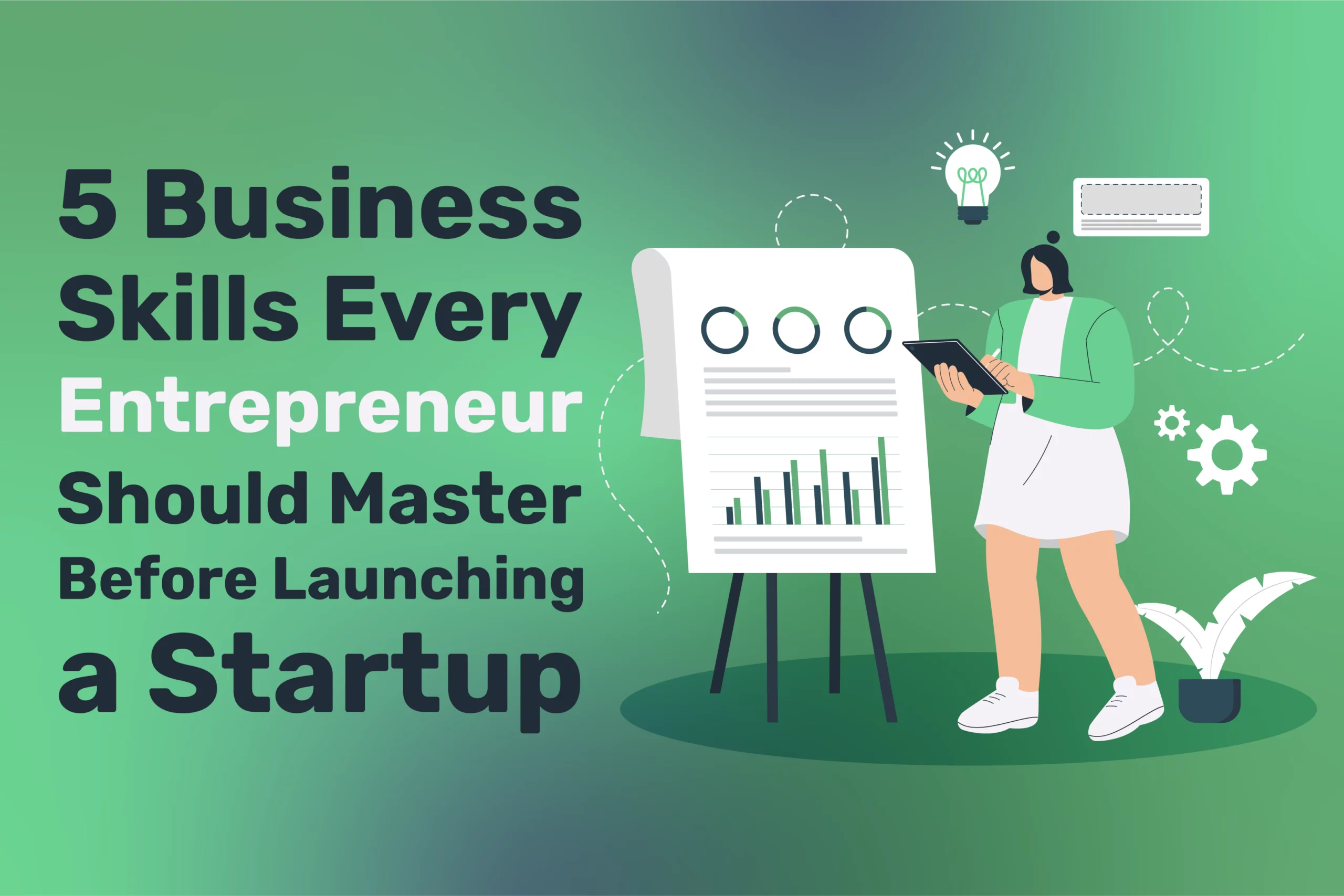
5 Business Skills Every Entrepreneur Should Master Before Launching a Startup
In today’s rapidly evolving business environment, aspiring entrepreneurs need more than just passion to succeed. They must acquire business skills and knowledge before launching a startup, including strategic planning, financial...

The Importance of Internships and Apprenticeships: 7 Breakthrough Reasons
The Importance of Internships and Apprenticeships cannot be overstated in today’s fast-paced, competitive job market. These hands-on learning programmes offer students, recent graduates, and career-changers a chance to merge theory...
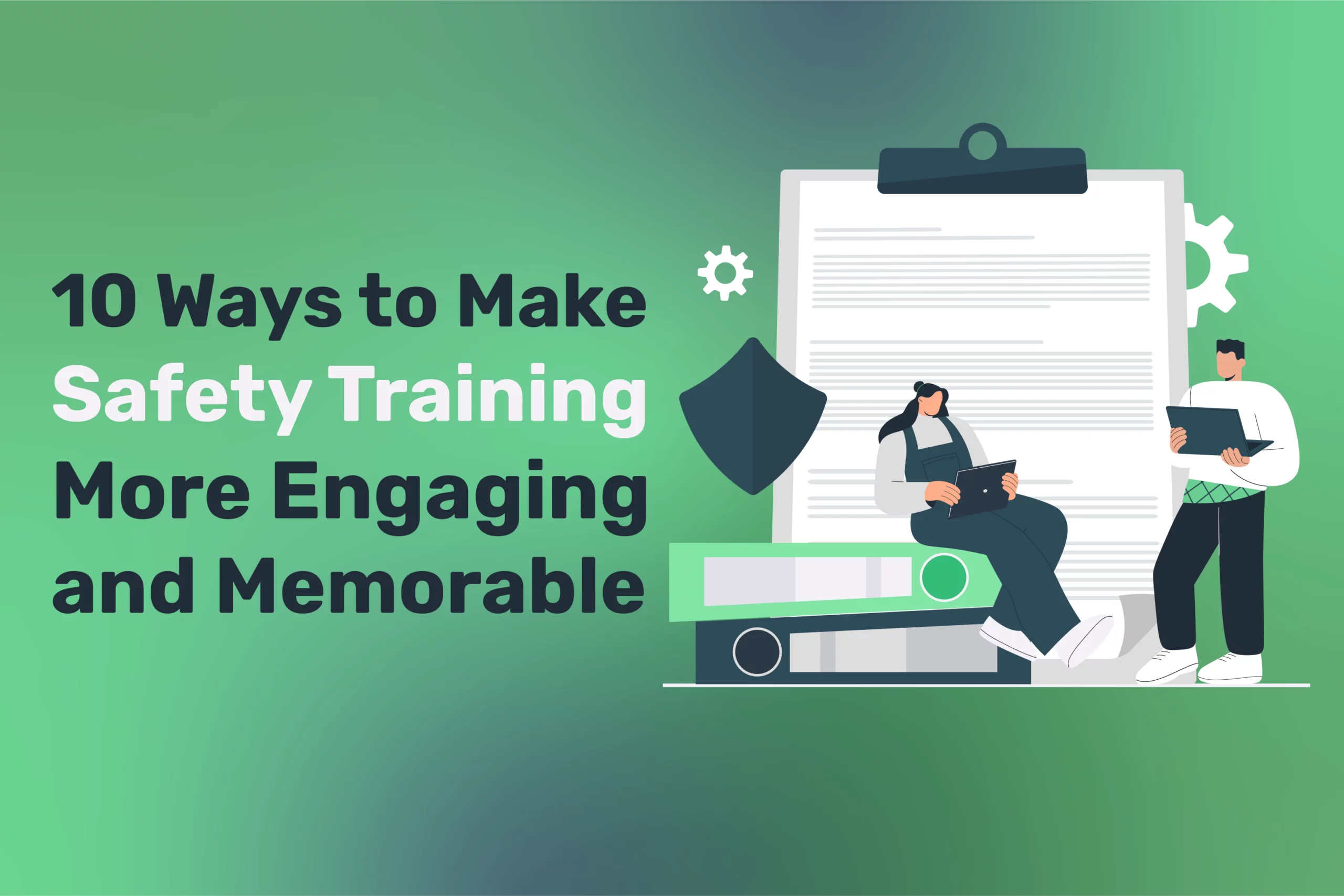
10 Ways to Make Safety Training More Engaging and Memorable
How to Make Safety Training More Engaging and Memorable – Safety training is an essential component of any organisation’s health and wellbeing strategy. When employees understand the importance of following...

Virtual Reality (VR) in Training: Transforming Learning Experiences
In today’s ever-evolving technological landscape, one of the most innovative advancements has been the integration of Virtual Reality in various sectors, particularly in training and education. VR transforms how individuals...

How to Identify and Close Skills Gaps in Your Career
In today’s fast-paced and ever-evolving job market, identifying and closing skills gaps in your career is critical to maintaining competitiveness, improving performance, and positioning yourself for long-term success. Skills gaps...

How to Combine Transferable Skills for a Unique Career Path
In today’s rapidly changing job market, the traditional model of a single career path is becoming increasingly obsolete. With industries evolving at an unprecedented pace and technology continuously reshaping how...
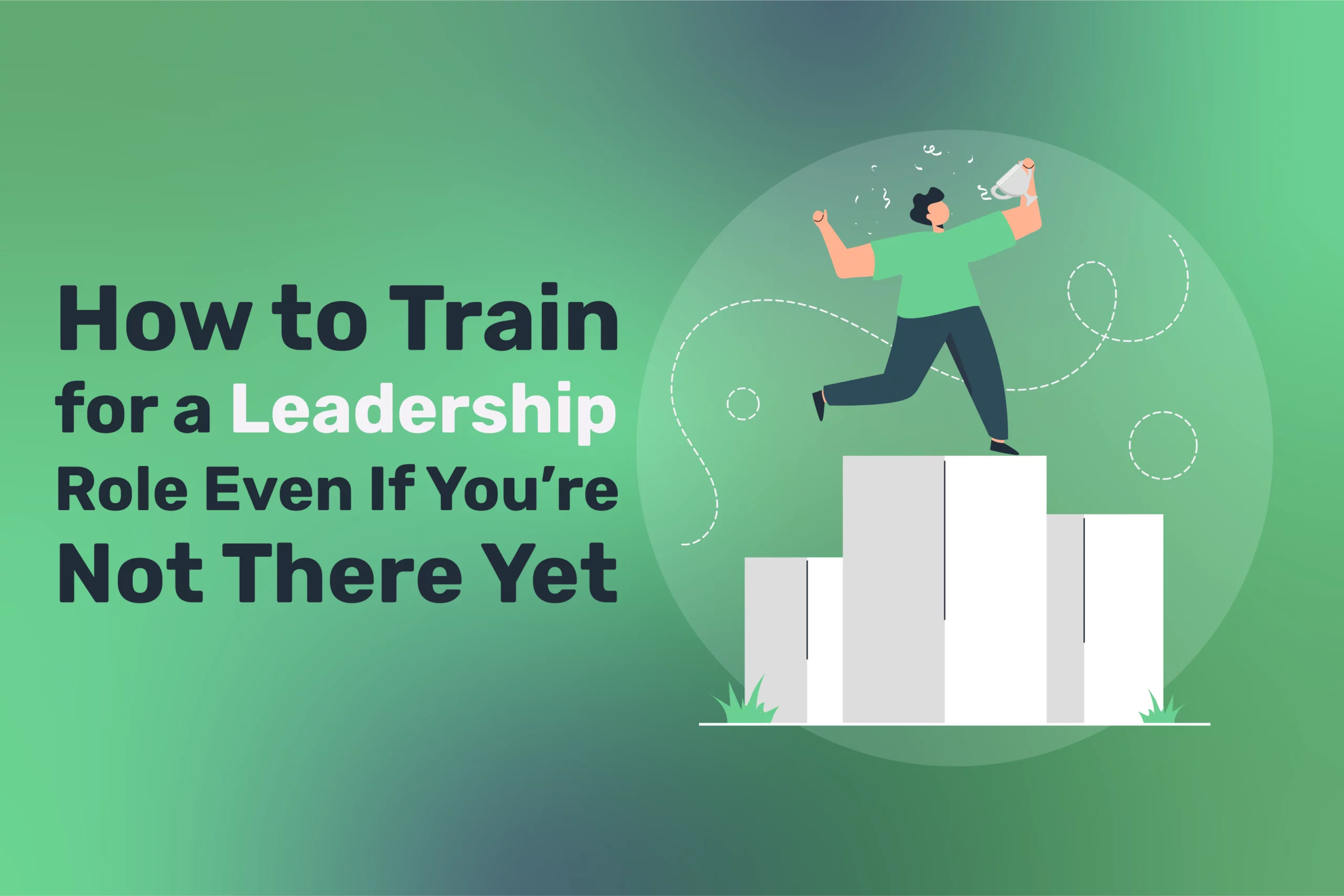
How to Train for a Leadership Role Even If You’re Not There Yet
Leadership is one of the most sought-after roles in the professional world. Whether in a corporate setting, a non-profit organisation, or even a small start-up, leadership is essential to guiding...

Self-Paced or Instructor-Led Training? Choosing the Right Fit
In today’s fast-paced world, the way we learn has evolved significantly, especially in professional and educational settings. With advancements in technology and the growing demand for flexible learning options, two...
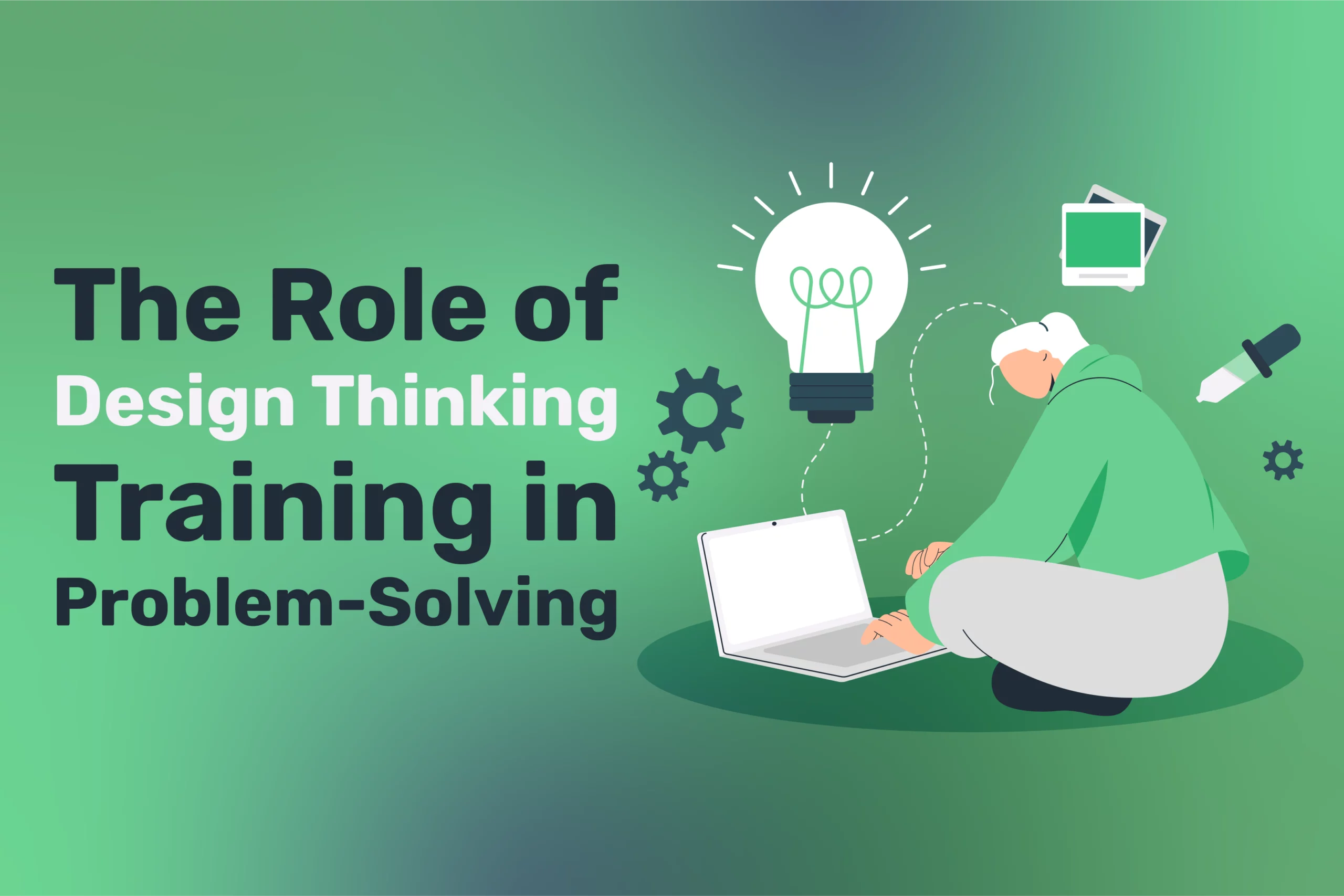
The Role of Design Thinking Training in Problem-Solving
Innovation and creativity are essential for success in today's rapidly evolving world. Organisations constantly seek new ways to solve complex problems, enhance user experiences, and develop products that meet ever-changing...

How to Identify Your Transferable Skills for a Career Shift
A career shift can be an exciting opportunity, whether due to personal growth, a desire for a new challenge, or even external circumstances such as company downsizing or industry changes....

The Power of Personal Projects in Career Development
Personal projects have emerged as silent game-changers in career development. Whether it's launching a blog, building an app or designing your own brand identity, these self-initiated endeavours are becoming powerful...
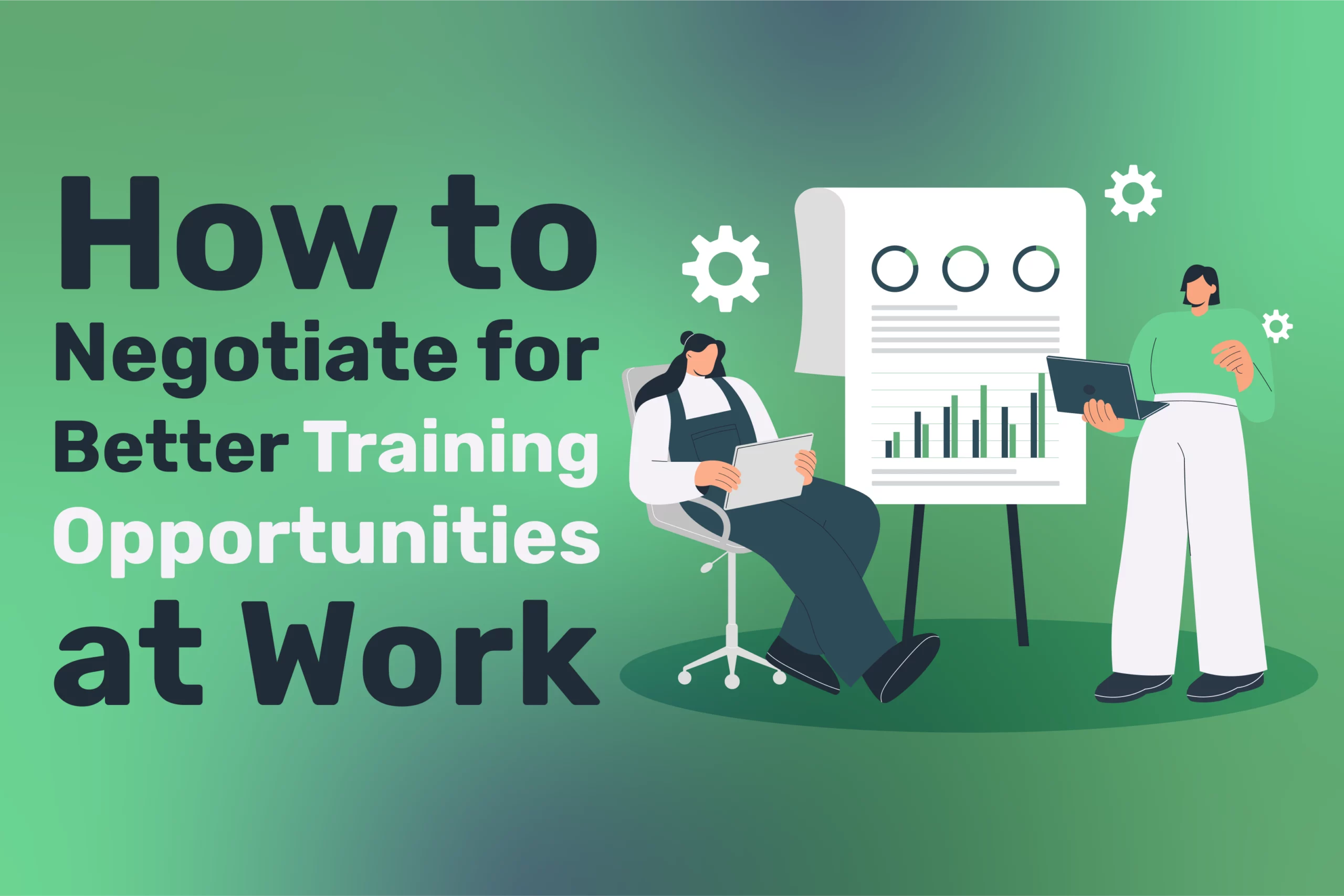
How to Negotiate for Better Training Opportunities at Work
In the fast-evolving landscape of modern business, continuous learning and professional development are essential to staying competitive. Companies that invest in their employees' growth foster loyalty, improve productivity, and maintain...

How to Find the Right Mentor for Career Growth
Behind most successful professionals is a mentor who guides, challenges, and supports them. The right mentor offers insights, feedback, and helps you grow faster by avoiding common pitfalls and navigating...

Exploring Key Financial Considerations for Career Change
Thinking about a career change? It’s a big decision that can shape your future in powerful ways. Many pursue new paths for better alignment with their values, interests, or lifestyle...

The Benefits of Job Shadowing for Career Exploration
Choosing a career path can feel overwhelming, especially with so many options and limited firsthand knowledge of what different jobs actually entail. It’s one thing to read about a profession...

Time for a Career Change: Recognising the Signs
Deciding to switch careers can be one of the most significant choices in a person’s life. It is not merely a matter of changing your job; it often involves a...

Overcoming Impostor Syndrome in a New Career
Starting a new career can be as exciting as it is intimidating. You’ve landed the job, you’re stepping into a fresh chapter yet, instead of feeling confident and capable, you’re...
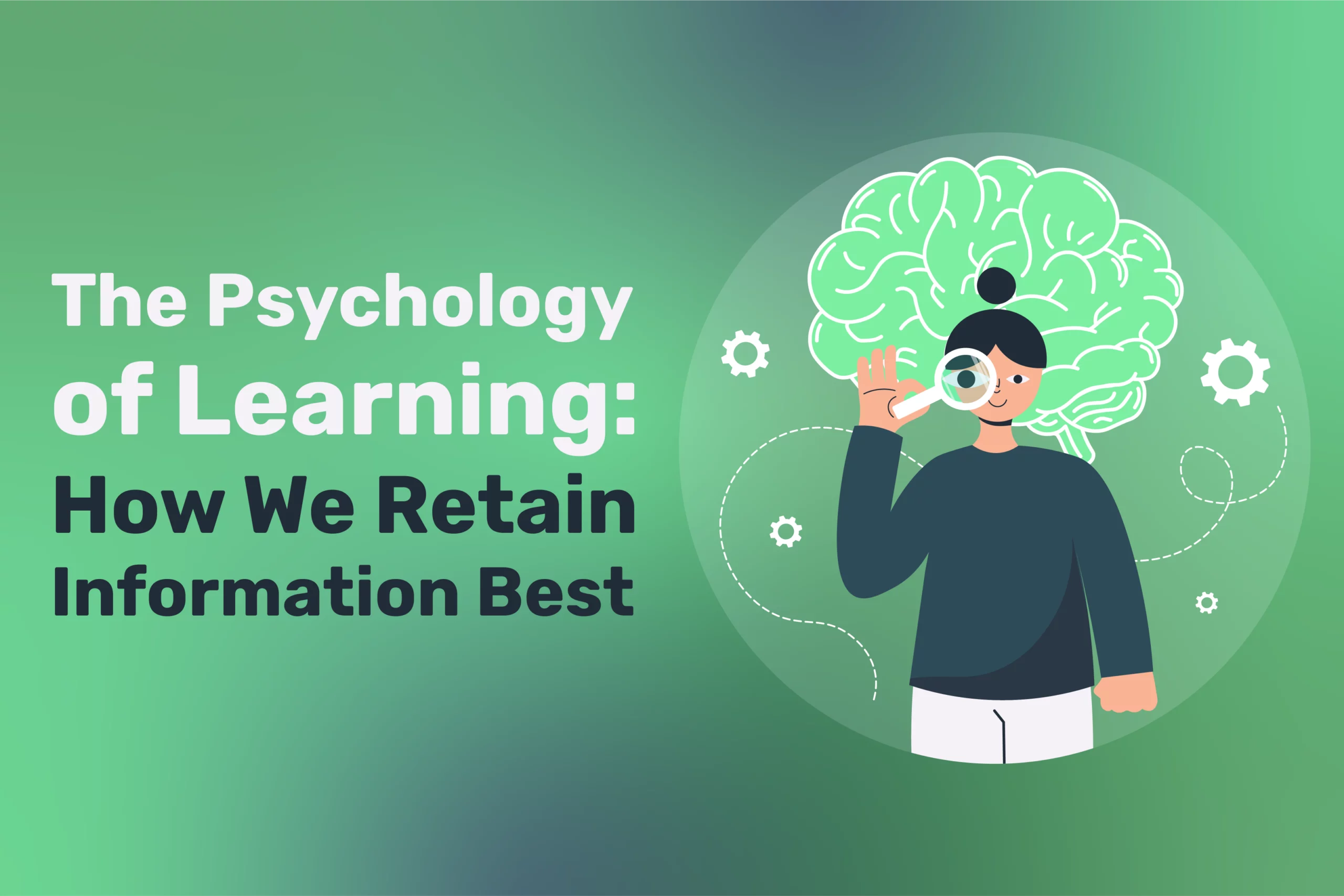
The Psychology of Learning: How We Retain Information Best
Learning is an integral part of our lives, shaping the way we acquire knowledge and skills. But have you ever wondered why some information sticks with us while other details...
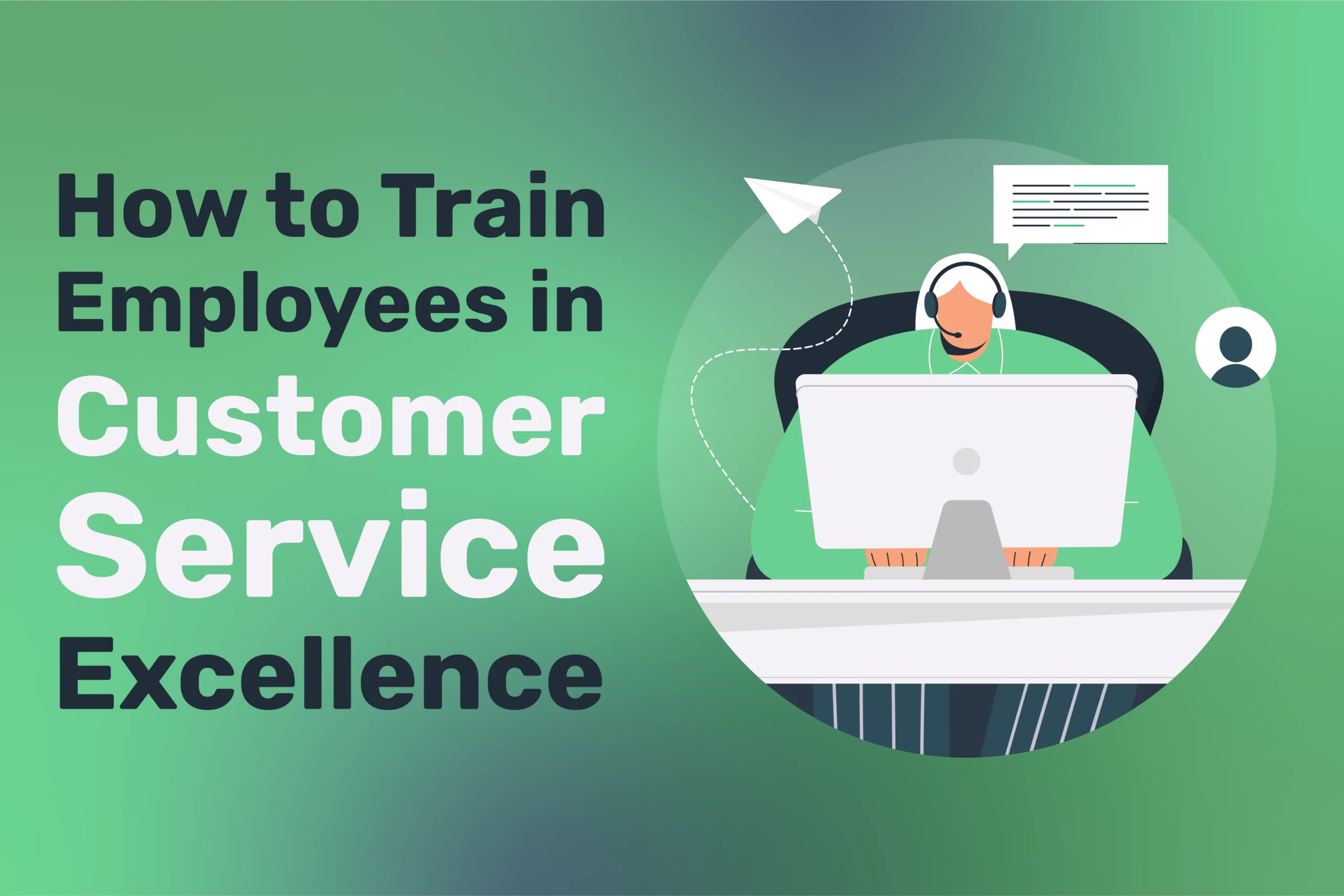
How to Train Employees in Customer Service Excellence
Providing excellent customer service is the backbone of any successful business. It enhances customer satisfaction and helps build loyalty, improve brand reputation, and increase overall profitability. While there are many...

6 Strategies to Start a New Career Without Actually Starting Over
Changing careers can feel both exciting and overwhelming, especially when you’ve spent years building experience in one field. The fear of starting from scratch often holds people back from pursuing...

Creating a Career Roadmap for Long-Term Success
In today’s ever-evolving professional world, career success is more of a dynamic journey shaped by strategic decisions, evolving goals, and an ongoing commitment to growth. Without a clear sense of...

9 Strategies to Stay Motivated During a Career Transition
Changing careers can feel both exciting and overwhelming, like standing at the edge of a new adventure with no clear map in hand. Whether you're pursuing a long-held passion, seeking...
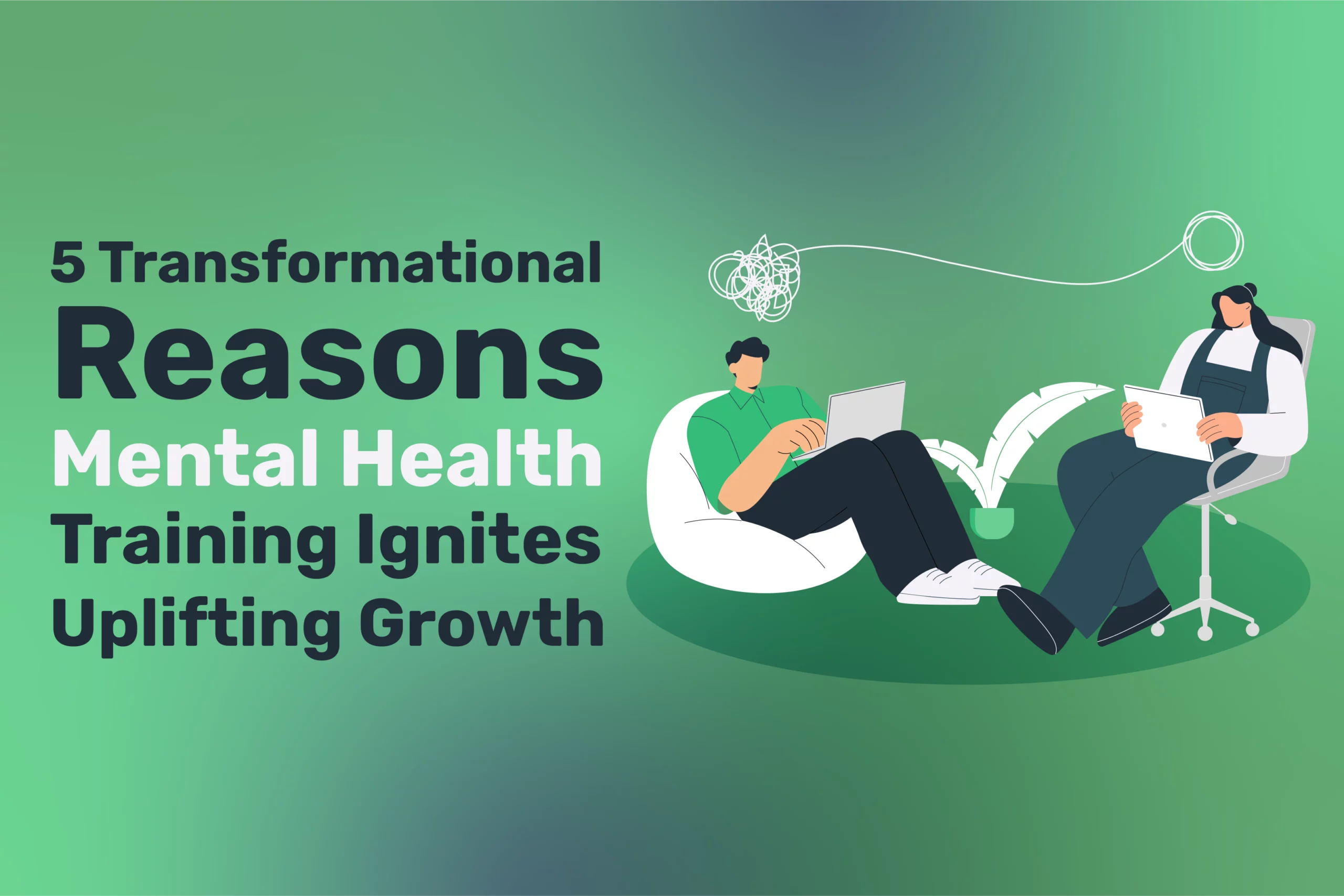
5 Transformational Reasons Mental Health Training Ignites Uplifting Growth
Mental health training has emerged as an essential component of any robust employee development plan in today's fast-paced work environment. With increasing awareness of mental health challenges—from stress and anxiety...

7 Steps to a Powerful Personal Development Plan for Career Success
Building a powerful personal development plan for career success is essential to unlocking your full potential and staying competitive in today’s job market. This approach involves systematically evaluating your goals,...

Confidently Ask for a Promotion (and Get It): 7 Powerful Ways
A promotion—Whether you’re eyeing a better title, a bigger paycheck, or simply new responsibilities, asking for a promotion is a significant step in any professional’s journey. Yet, it’s a step...

7 Steps to Successful Blended Learning: Combining Online and In-Person Training
Blended learning, which combines online and in-person training, has rapidly grown in popularity as organisations and educational institutions seek flexible approaches to training and instruction. By combining the best elements...
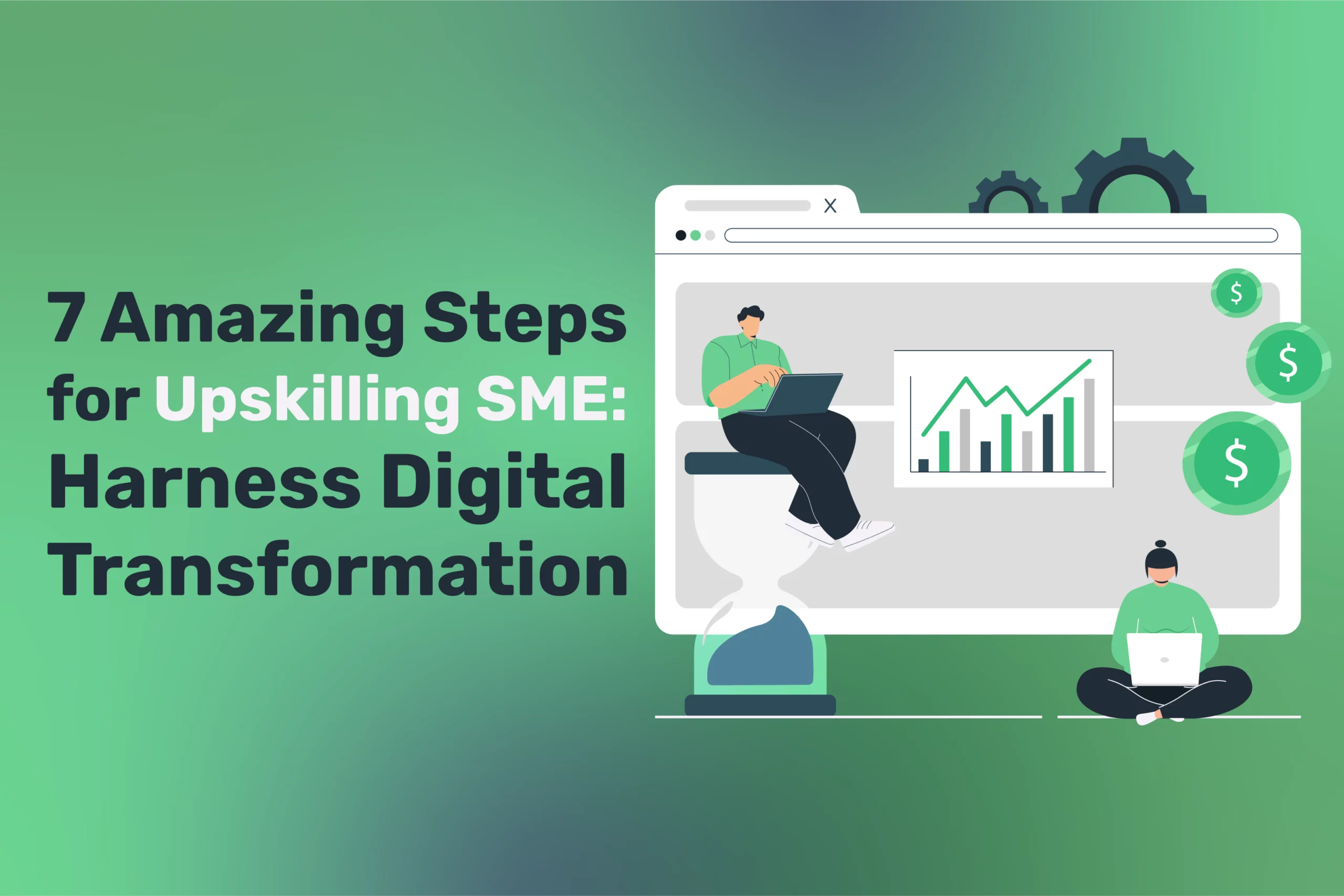
7 Amazing Steps for Upskilling SME: Harness Digital Transformation
Digital transformation and upskilling SME teams have moved from a competitive advantage to a business necessity for small and medium-sized enterprises (SMEs) across Ireland and the UK. As technologies rapidly...
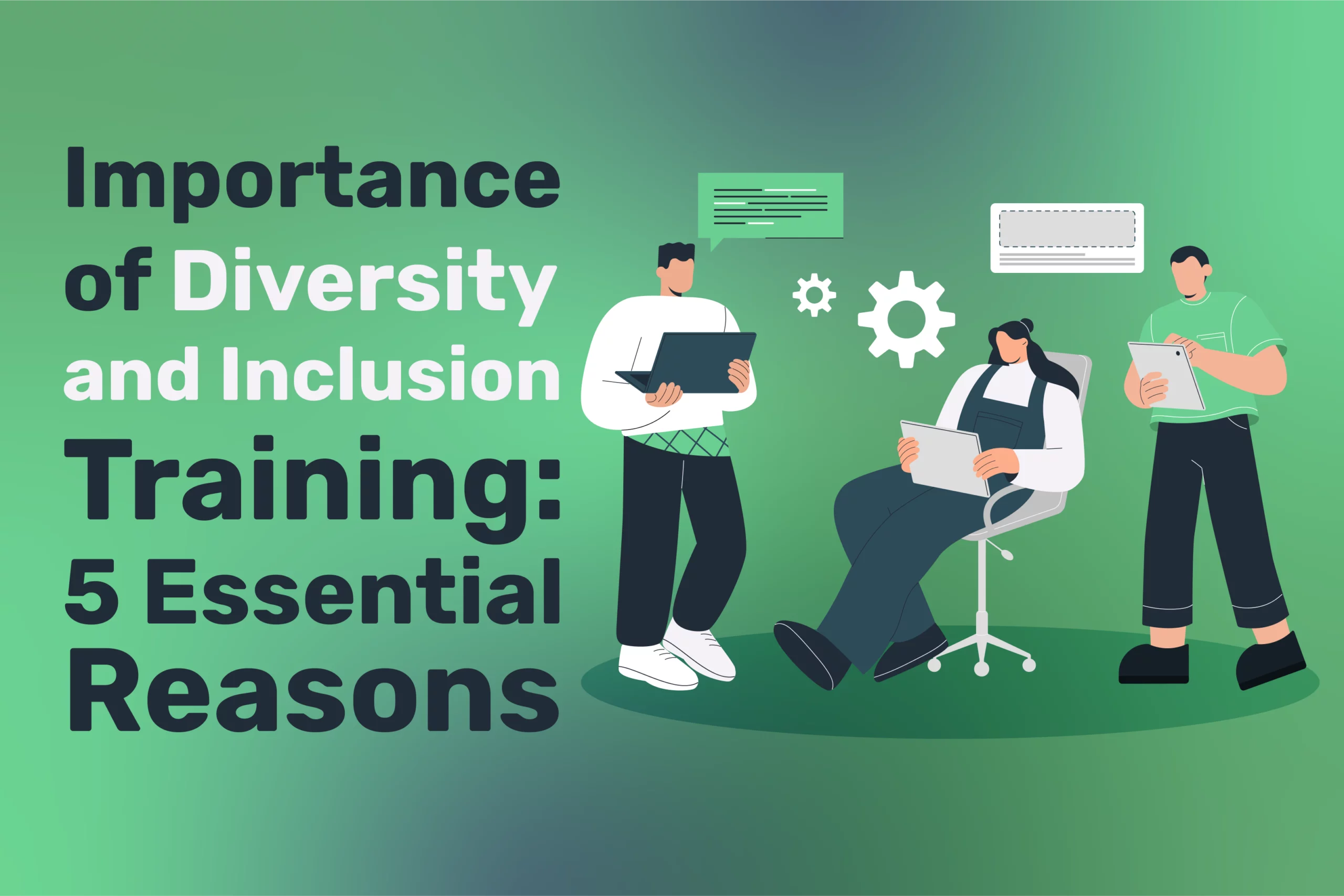
Importance of Diversity and Inclusion Training:5 Essential Reasons
Diversity and inclusion training is essential in shaping modern workplaces that reflect today’s multicultural, globalised society. As companies expand across borders and interact with colleagues from various backgrounds, it becomes...
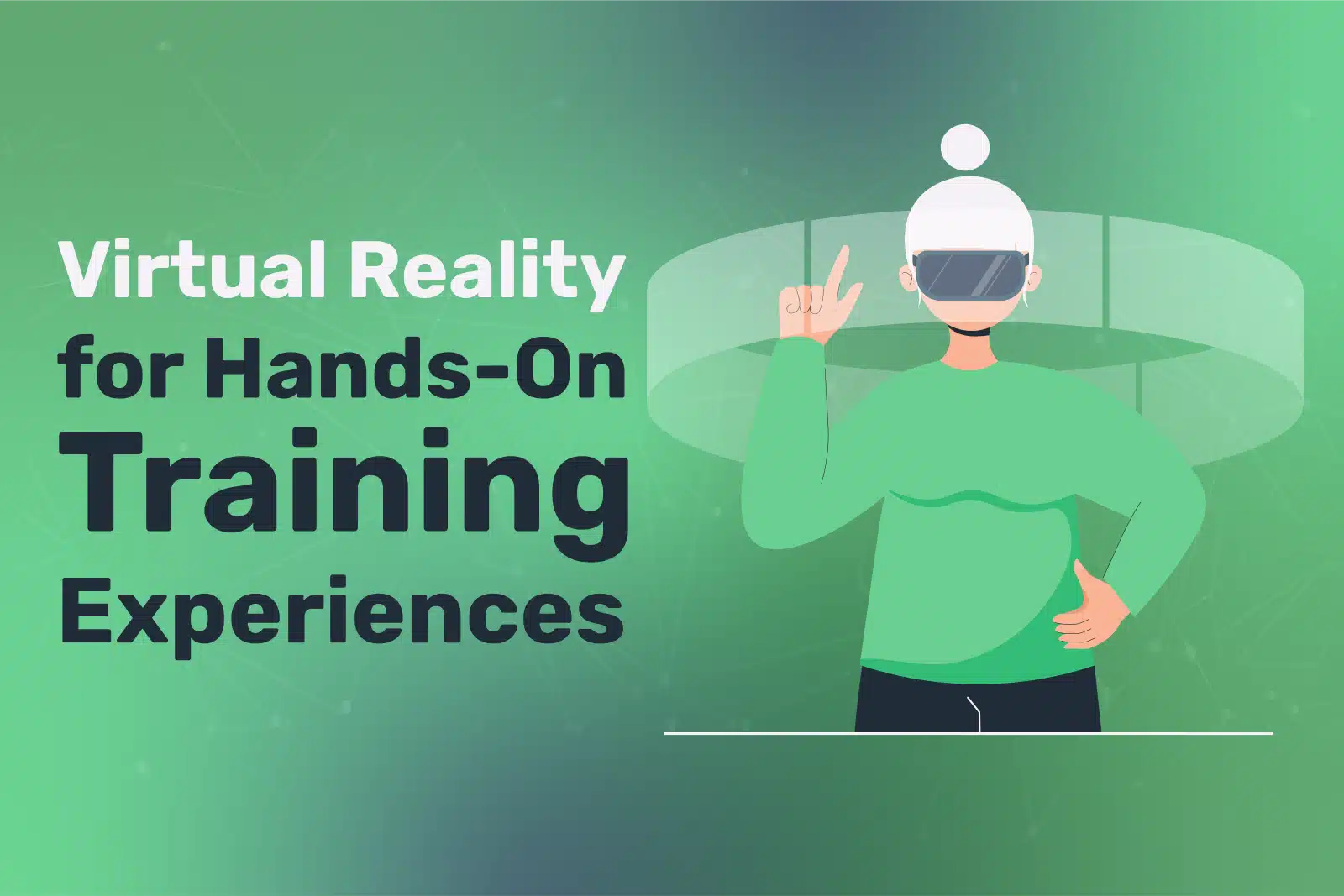
Virtual Reality for Hands-On Training Experiences :7 Ways to Maximise Success
Using Virtual Reality for Hands-On Training Experiences has rapidly become a game-changer in fields that rely on practical, hands-on learning. Whether it’s operating heavy machinery, learning medical procedures, or navigating...
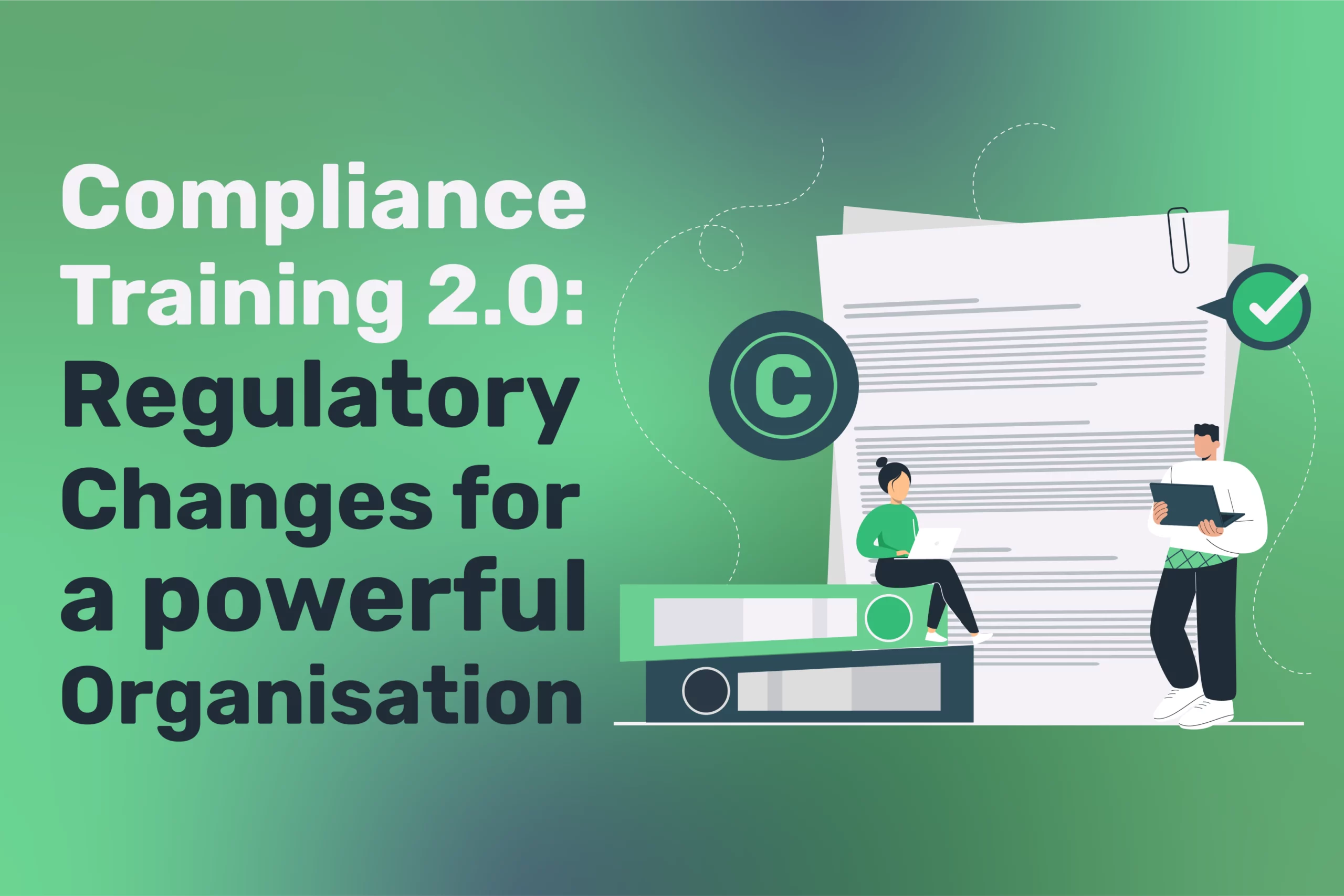
Compliance Training 2.0: Regulatory Changes for a powerful Organisation
Compliance Training 2.0: Regulatory Changes for a powerful Organisation are vital for every organisation aiming to mitigate risk and safeguard its reputation. Rapid governmental policies and industry standards demand an...

Storytelling in Training: 9 Great Tips to Enhance Your Programmes
In today’s fast-paced learning environments, simply delivering information isn’t enough to capture attention or drive long-term retention. Whether you’re training new employees, developing leadership skills, or delivering compliance modules, effective...
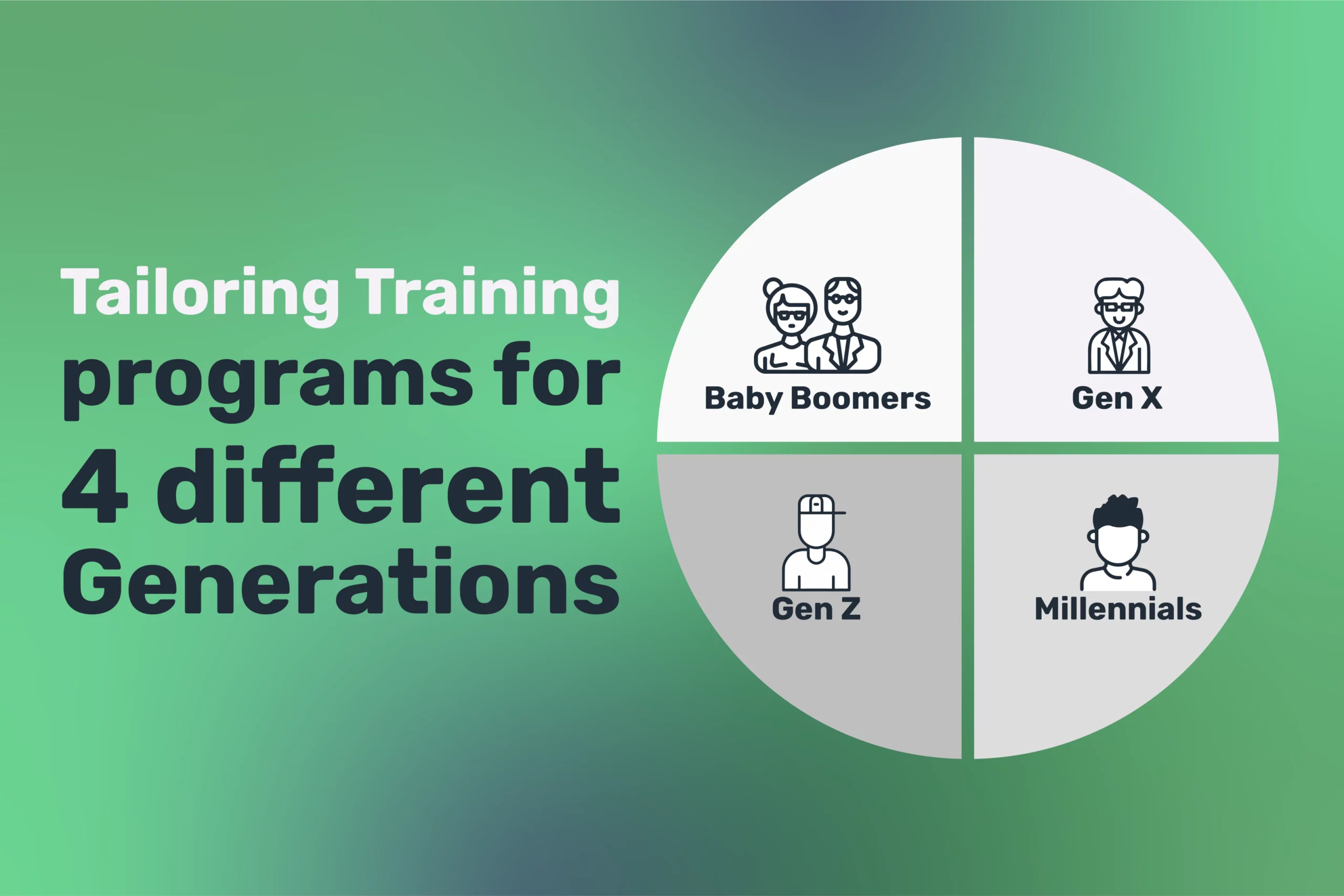
Tailoring Training programs for 4 different Generations:Unlocking Success
In today's rapidly evolving workplace, tailoring training programs for different generations has become a critical strategy for organisations aiming to maximise employee potential and foster a culture of inclusivity. Up...
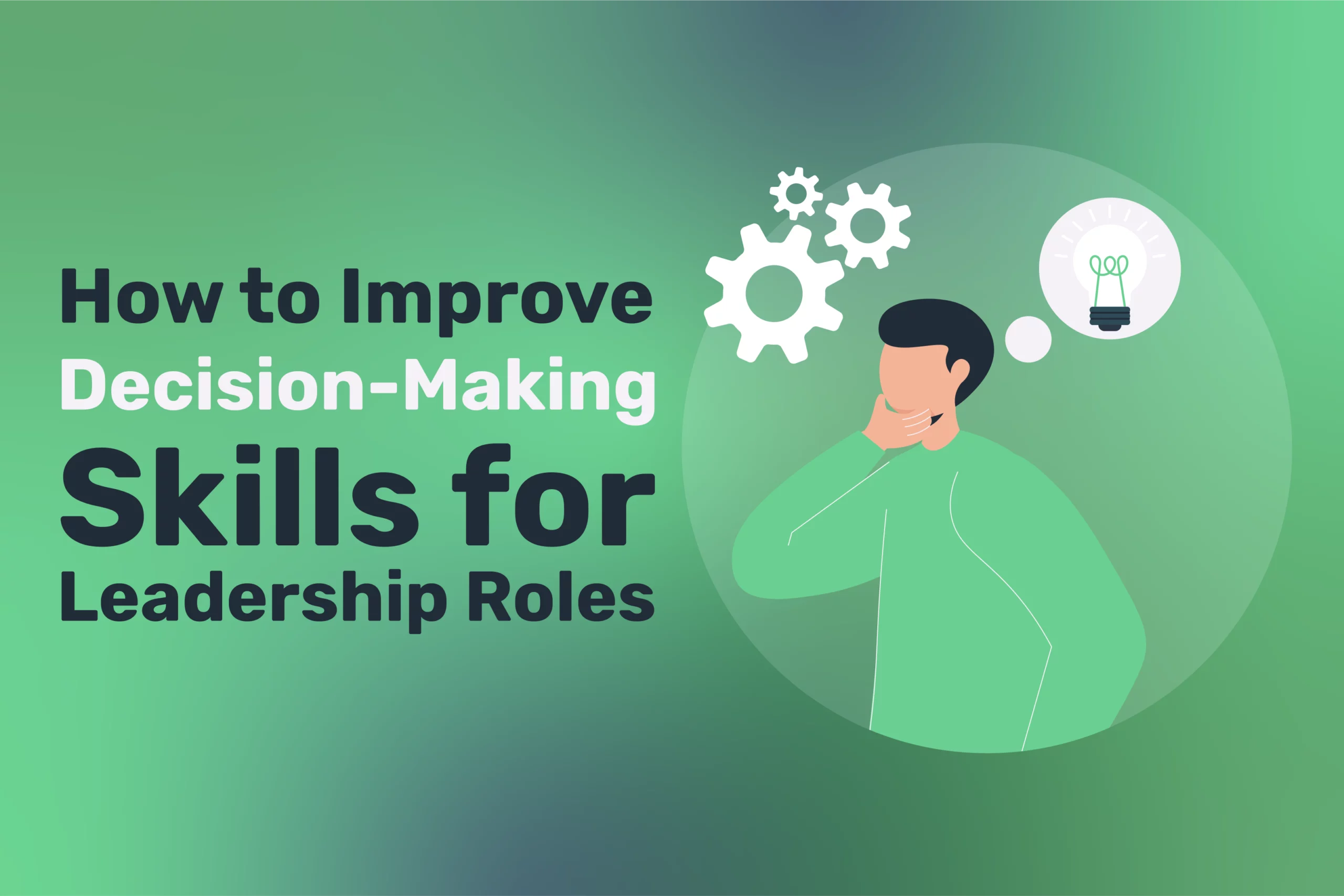
How to Improve Decision-Making Skills for Leadership Roles
Leaders are constantly faced with complex situations that require balancing competing priorities, assessing risks, and choosing a path forward, often under pressure. Effective leadership then hinges on the ability to...

The Most In-Demand Skills for the Future Workforce
The workforce is constantly evolving, and the future of work presents new challenges and opportunities. In today’s fast-paced technological environment, workers must adapt to meet future demands. The skills required...

Teenage Millionaire: Proven Steps to Get Rich Young
To a lot of businessmen, making the first million is one of the most important milestones, the beginning of a financial endeavour for economic success. Sweat, blood, and tears are...

How the Gig Economy is Shaping the Future of Employee Training
The rise of the gig economy has profoundly affected many sectors, and one of the most notable areas impacted has been how businesses approach employee training. Traditional employee development models...

Managing Expectations in Your First Year of a New Career
Starting a new career is a significant life event. It’s a time of immense potential and possibility, filled with uncertainty, challenges, and unexpected setbacks. The first year in a new...

How to Turn Your Passion Into a New Career Path
Embarking on a career that aligns with your passion is one of the most fulfilling pursuits in life. It's often said that you'll never work a day when you do...

How to Build Confidence When Starting a New Career
Starting a new career can be both exhilarating and daunting. Whether transitioning into a completely new field or stepping into a higher role within a familiar industry, one of the...
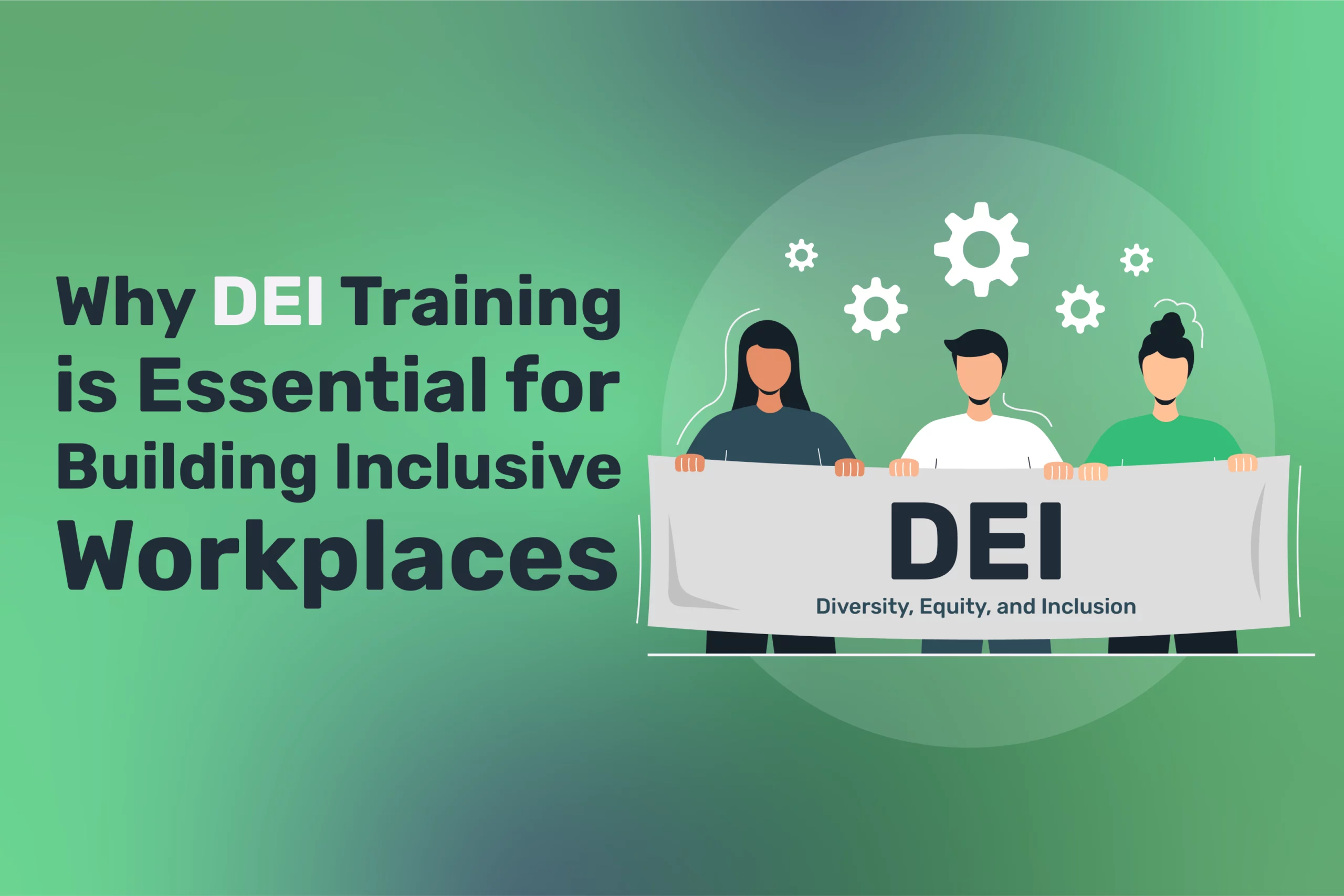
Why DEI Training is Essential for Building Inclusive Workplaces
In today's rapidly evolving workplace, fostering an environment of inclusion, diversity, and equity (DEI) has become more than just a corporate trend; it is a fundamental aspect of a successful...

Building a Professional Reputation from Scratch
In today’s competitive digital age, a strong professional reputation is one of the most valuable assets, whether you are an individual looking to establish your brand or a business aiming...
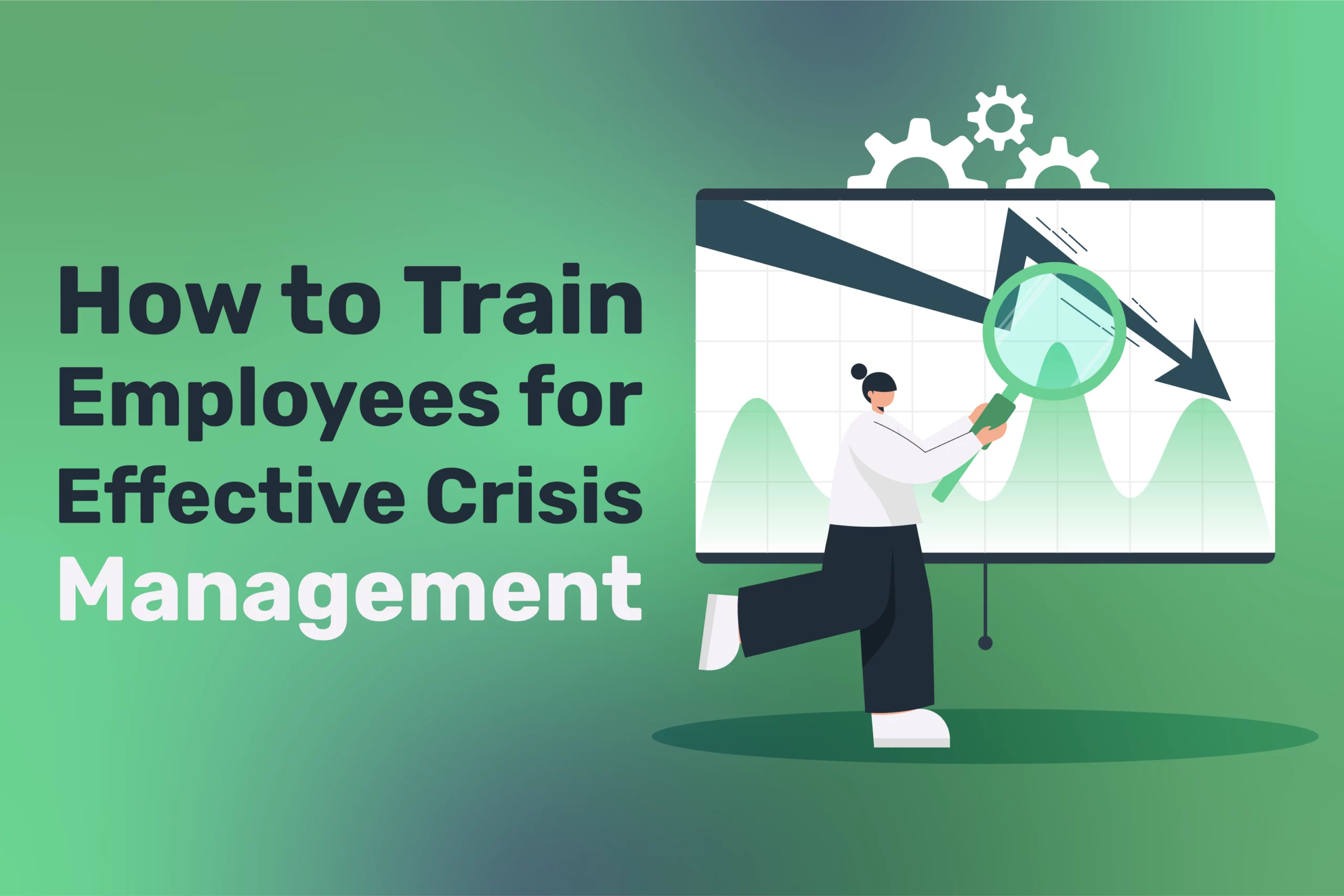
How to Train Employees for Effective Crisis Management
Crises are inevitable in today’s rapidly evolving business environment. Whether it's a financial setback, a technological failure, a public relations disaster, or a global health pandemic, businesses need to be...

How to Leverage Your Past Experience in a New Field
Transitioning to a new field or industry can be both exhilarating and daunting. Many individuals find themselves at a career crossroads, wondering how to apply their prior experience effectively to...
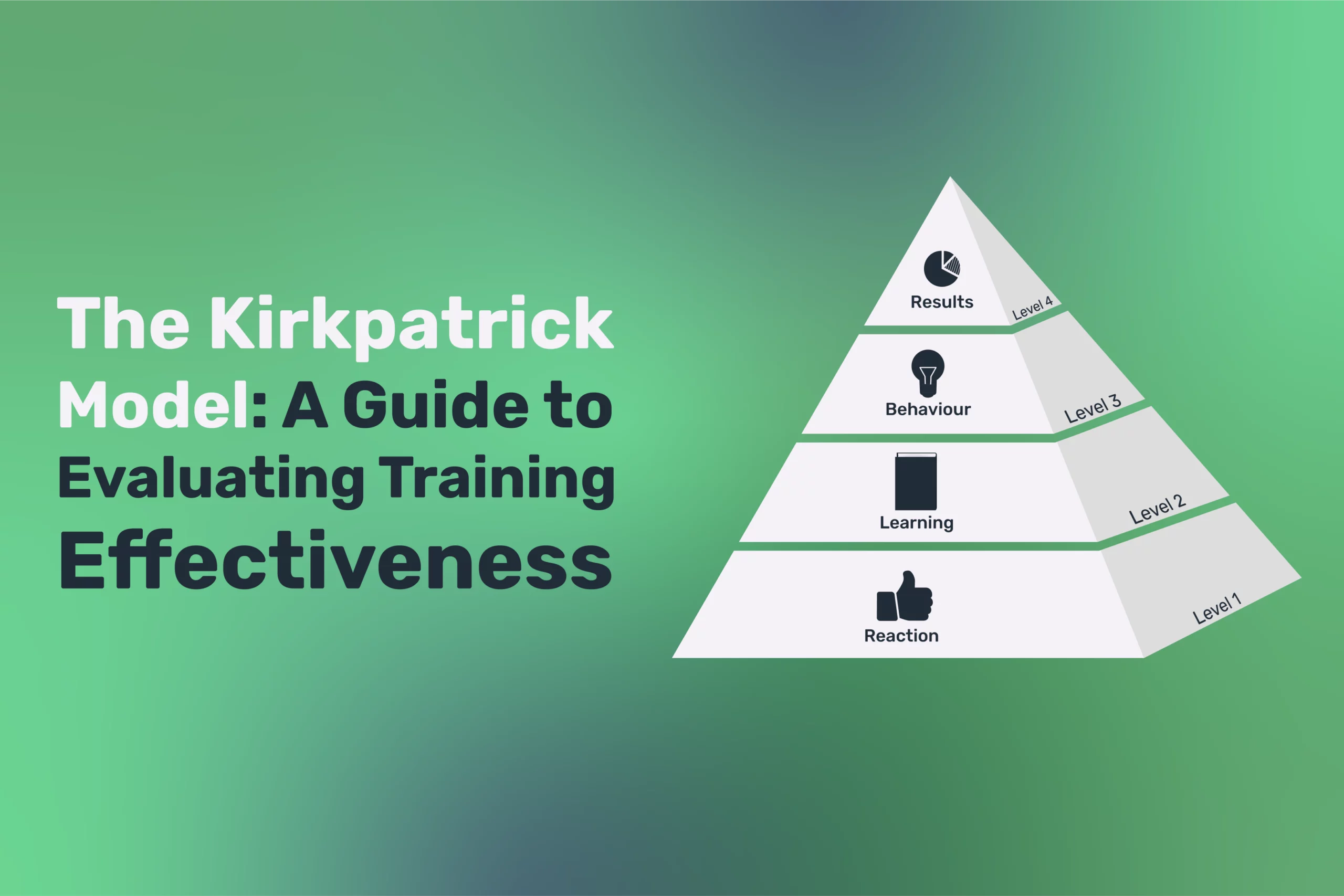
The Kirkpatrick Model: A Guide to Evaluating Training Effectiveness
Training and development are key to improving employee performance, boosting morale, and driving organisational success. However, simply implementing training programmes is not enough. Evaluating their effectiveness is crucial to ensure...
Training & Development: Empowering Your Team for Long-Term Success
In today’s fast-paced, ever-evolving business landscape, investing in the training and development of your employees is more critical than ever. By providing your team with the knowledge, skills, and tools they need to excel in their roles and adapt to new challenges, you can foster a culture of continuous learning, boost performance, and drive long-term organizational success.
Effective training and development initiatives offer numerous benefits, including:
- Enhanced employee performance: By equipping your team with the latest industry knowledge, best practices, and essential skills, you can help them perform their roles more efficiently and effectively, leading to improved individual and organizational performance.
- Increased employee engagement and satisfaction: Investing in your employees’ growth and development demonstrates your commitment to their success and value to the organization, leading to higher levels of engagement, job satisfaction, and loyalty.
- Improved retention and reduced turnover: By providing opportunities for learning and advancement, you can boost employee morale, foster a sense of purpose and belonging, and reduce costly turnover.
- Greater adaptability and resilience: Training and development programs help your team stay agile and resilient in the face of change, enabling them to quickly acquire new skills, adapt to evolving roles and technologies, and navigate challenges with confidence.
- Stronger leadership pipeline: By identifying and nurturing high-potential employees through targeted leadership development initiatives, you can build a robust pipeline of future leaders and ensure seamless succession planning.
To design and implement effective training and development programs, consider the following best practices:
- Conduct a needs assessment: Identify the specific skills, knowledge, and competencies your team needs to excel in their roles and align with your organization’s goals and objectives.
- Develop a comprehensive strategy: Create a holistic training and development strategy that addresses both immediate and long-term needs, aligns with your budget and resources, and incorporates a mix of learning methods and technologies.
- Leverage diverse learning formats: Offer a variety of learning experiences, such as instructor-led training, e-learning, workshops, mentoring, and on-the-job assignments, to cater to different learning styles, preferences, and schedules.
- Ensure relevance and applicability: Design training content and activities that are directly relevant to your employees’ roles, responsibilities, and real-world challenges, and provide ample opportunities for practice, feedback, and application.
- Evaluate and iterate: Regularly assess the effectiveness and impact of your training and development initiatives using a mix of quantitative and qualitative metrics, and use these insights to continuously refine and improve your programs.
As the business landscape continues to evolve, the importance of training and development will only continue to grow. By making a strategic, ongoing investment in your team’s growth and success, you can build a highly skilled, engaged, and adaptable workforce that is well-equipped to drive your organization forward and thrive in the face of change and uncertainty.
Remember, training and development is not a one-time event, but an ongoing journey. By fostering a culture of continuous learning, providing ample opportunities for growth and development, and leading by example, you can empower your team to reach their full potential and contribute to your organization’s long-term success.
Web Design
We design stunning, user focused websites that present your brand beautifully and convert visitors into customers.
Web Development
We use the latest development tools to build websites that are optimised for peak performance at all times.
Website Hosting
We manage everything from site updates and reports to hosting, allowing you to focus on running your business.
Search Engine Optimisation
Using the latest SEO techniques, we help your brand get found for the right terms and by the right people.
Digital Marketing Strategy
Navigate the digital landscape with a marketing strategy. Our team crafts comprehensive plans that resonate with your target audience, drive engagement, and boost conversions.
Digital Marketing Training
Elevate your digital proficiency. Our in-depth training sessions equip your business with cutting-edge digital marketing techniques to outperform competitors and thrive online.
Social Media Strategy
Captivate and grow your social following. We create tailored social media strategies that ignite engagement, amplify your brand's online presence, and foster lasting connections.
Email Marketing Solutions
Harness the power of your mailing list. Our precision-targeted email marketing campaigns are engineered to nurture relationships and drive tangible business outcomes.
Content Marketing Services
Elevate your brand with our content marketing mastery. From thought-provoking blogs to eye-catching infographics, we craft content that captivates, informs, and converts your ideal audience.
Video Production
Capture your audience with compelling video content. Our production team creates visual stories that engage, inform, and leave a lasting impression.
Brand Storytelling
Bring your brand's story to life with authenticity. We craft compelling narratives that strike a chord with your audience, forging a powerful emotional bond with your brand.
Content Strategy Development
Strategic content that drives action. We develop content strategies that align with your business goals, ensuring every piece of content counts.
AI Training
Empower your business with AI expertise. Our tailored training demystifies AI, equipping your team with the knowledge to leverage its potential for growth and innovation.
AI Chatbots
Transform customer service with AI chatbots. We develop sophisticated chatbots that elevate user experience, streamline interactions, and deliver unparalleled efficiency.
AI Marketing
Transform your reach with AI-driven marketing. Harness data-driven insights for laser-targeted campaigns that captivate, engage, and convert your audience.
AI Tools for Business
Optimise your operations with cutting-edge AI tools. We integrate intelligent solutions that streamline processes, enhance efficiency, and support data-driven decision-making.
Join Our Mailing List
Grow your business by getting expert web, marketing and sales tips straight to
your inbox. Subscribe to our newsletter.